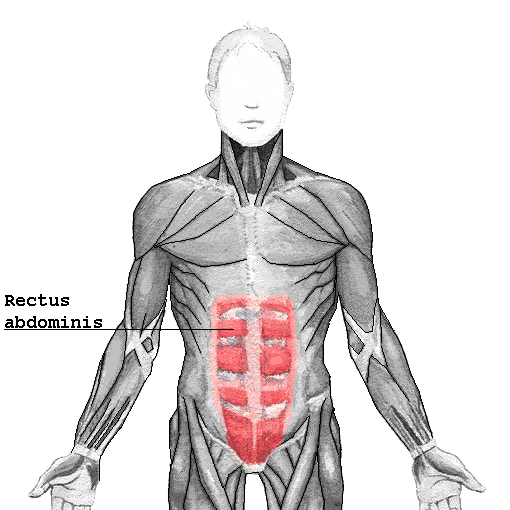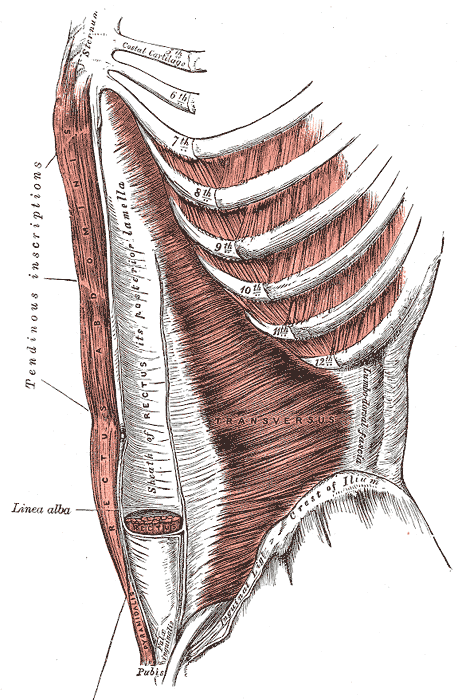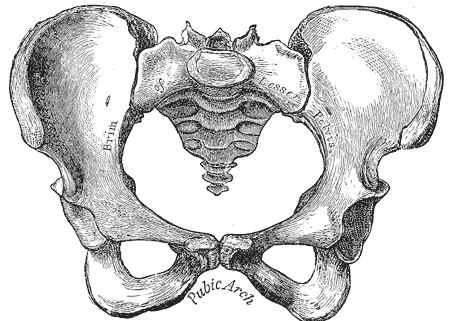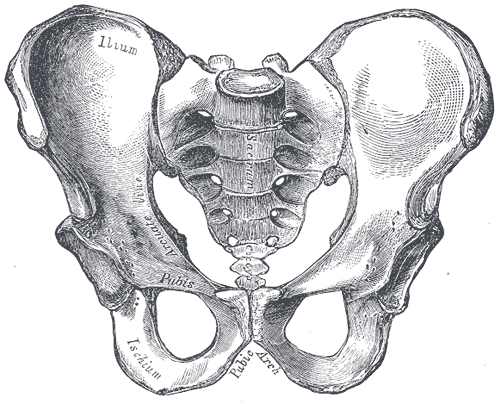
Have you ever been at the gym doing crunches and planks with your buddies and had no idea what you were doing? When you start talking about what you are working out, you are discussing abs, or abdominal exercises. Most often what we are talking about when working out or exercising is the rectus abdominis muscle via crunches and leg ups or even planking. This muscle becomes more visible as body fat percentage lowers and is sought after each New Year by men everywhere, only to remain illusive due to its dietary requirements (it has more to do with body fat with muscular strength). You may think this is the sole perpose for a man’s existence, but it is not.
The abdominal region is far more complex than one muscle. The abdomen, or lower thorax contains severals layers of muscular tissue that interweave to hold your organs in place and keep your spine upright so you can walk. These muscle tissues interweave to form the necessary support for an upright spinal column. I’ll talk more about the “6-pack” rectus abdominis muscle in a moment.
Obliques, Ribs, and Organs

The ribs are an often forgotten power center for posture within the body. They contain several muscular connections to bones and tissue around them. They do this to take tension from the spine by using accessory muscles. There is a massive connection between the accessory muscles and the diaphragm. These acessory muscles help us to breathe.
The Three Forgotten Abdominal Muscles
They are the internal and external obliques, which means diagonal and the transverse abdominis These muscles are responsible for the wall of muscle tissue underneath the rectus abdominis. These are all abdominal muscles. Together they muscles support the lower back and the organs of the thorax (chest cavity).
The Pyramidalis muscle, Linea Alba, and Hip Flexors (more forgotten abdominal muscles)

The pyramidalis is another abdominal muscle connects to the pelvis in two places (this is the V at the bottom of the rectus abdominis. It inserts into the linea alba via a pointed connection halfway between the belly button and the pubic bone. The linea alba is the fibrous muscle that runs up the center of the abdomen. It inserts into the diploid process at the bottom of the sternum. The linea alba is compose mostly of white collagen connective tissue. Linea Alba means “white line” in Latin.
The hips flexors and perineum are two more important muscle groups. The muscles create support for the back in concert with the abdominals. The hip flexors, in particular, have a huge amount of interaction with the spine. The hip bones connect the abdominals and the ribs .


Back onto the ‘6 Pack Abdominal Muscles”
The rectus abdominis is the top layer of muscle tissue visible and is the most common sought after muscle for looks. It is thought to provide an indication of health for prospective mates, but I wasn’t able to find any evidence for this assertion.
There is a surprisingly giant gap in the research when it comes to research about the attraction of the opposite sex. Statistically speaking, men value physical attractiveness more than women and women value similarities more than physical attraction. If you are overweight, you are more likely to be attracted to overweight members of the opposite sex.
One final, very interesting finding is that men are more attracted to novelty, and women to familiarity (read the article).
More and more evidence is arising that attraction is genetic. First, Behavior does not create homosexuality. It occurs natually and is genetic. Second, in our courtship of partners, we seek similar genetics to our own. Add social influences that help to determine what we find attractive, including fashion, perceptions of success, etc on top of these biological factors. Dive into the research. See for yourself.
Conclusion: Advice for Stretching the Spine
You can see how connected the muscles of the abdomen are with the hip flexors, ribs, spine, and diaphragm and how all of these muscles work together to create posture. All of these muscles are responsible for the health of the spine and in many ways the organ tissue in the thorax (stomach, kidneys, etc). Make sure you stretch your legs and hips to really get your spine mobile and strong!
I’ll do a separate article on the hip flexors next week. And visit again soon! You can subscribe to get an email update every time I publish an article.
References:
- Sex Differences in Attraction to Familiar and Unfamiliar Opposite-Sex Faces: Men Prefer Novelty and Women Prefer Familiarity (https://link.springer.com/article/10.1007/s10508-013-0120-2)
- On the Fashionable Sexiness in Aesthetics (https://www.ijac.org.uk/images/frontImages/gallery/Vol._3_No._4/2.pdf)
